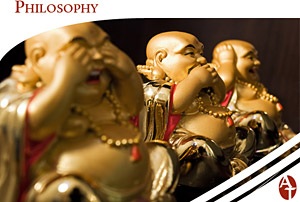Acupuncture and Allergies: Catgut embedding
Kristen Sparrow • July 21, 2014


I can speculate on a few reasons why catgut embedding might be more effective than acupuncture alone.
Zhongguo Zhen Jiu. 2014 May;34(5):439-43.
[Observation of long-term efficacy and life quality in allergic rhinitis treated with acupoint catgut embedding therapy combined with acupuncture-moxibustion therapy].
[Article in Chinese]
Chen C, Li YC, Qiu BS, Huang XP, Zhuang LX.
Abstract
OBJECTIVE:
To observe the impacts of acupoint catgut embedding therapy and acupuncture-moxibustion therapy on the long-term efficacy and patient’s life quality in the treatment of allergic rhinitis.
METHODS:
Sixty-nine patients were randomized into the combined acupuncture-moxibustion and acupoint catgut embedding therapy group (combined therapy group, 36 cases) and an acupuncture-moxibustion group (33 cases). In the acupuncture-moxibustion group, acupuncture was applied at Yingxiang (LI 20), Shangyingxiang (EX-HN 8), Yintang (GV 29), Shangxing (GV 23), Tongtian (BL 7) and Zusanli (ST 36). Moxibustion was applied at Zusanli (ST 36), Feishu (BL 13), Dazhui (GV 14) and Fengmen (BL 12). In the combined therapy group, on the basis of the treatment as acupuncture-moxibustion group, the catgut embedding therapy was applied at Feishu (BL 13), Fengmen (BL 12), Pishu (BL 20), Shenshu (BL 23), Zhongwan (CV 12) and Qihai (CV 6). The treatment duration was 4 weeks in the two groups. The clinical efficacy of allergic rhinitis and rhinoconjunctivitis quality of life questionnaire (RQLQ) score were observed before and after treatment as well as in the 4-weeks follow-up after the end of treatment respectively.
RESULTS:
The markedly effective rate was 72.7% (24/33) in the combined therapy group and 48.4% (15/31) in the acupuncture-moxibustion group after treatment. The efficacy was similar between the two groups (P > 0.05). It was 57.6% (19/33) in the combined therapy group and was 22. 6% (7/31) in the 4-week follow-up after treatment, indicating the long-term efficacy in the combined therapy group was superior to that in the acupuncture-moxibustion group (P<0. 05). Scores of RQLO after treatment and in 4-week follow-up after treatment in both groups were improved as compared with those before treatment (all P < 0.05). In 4-week follow-up, the improvements in sleep and affection in the combined therapy group were superior to the acupuncture-moxibustion group (3.27 +/- 3.23 vs 4.61 +/- 3.56, 3.48 +/- 3.67 vs 5.81 +/- 4.15, both P < 0.05).
CONCLUSION:
The acupoint catgut embedding therapy combined with acupuncture-moxibustion therapy are safe and effective in the treatment of allergic rhinitis and display the more roles in the long-term efficacy.

